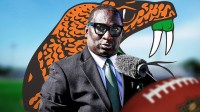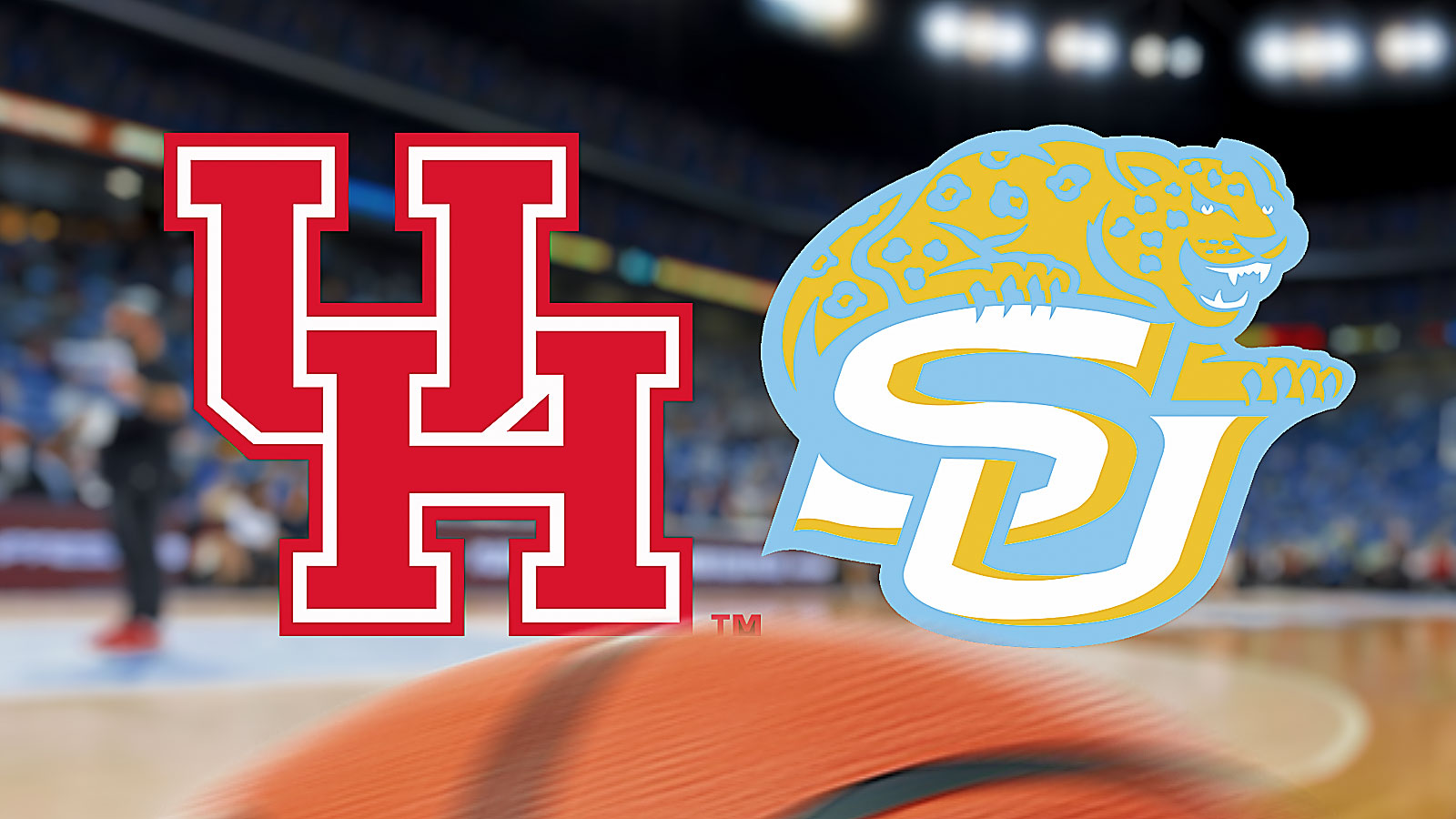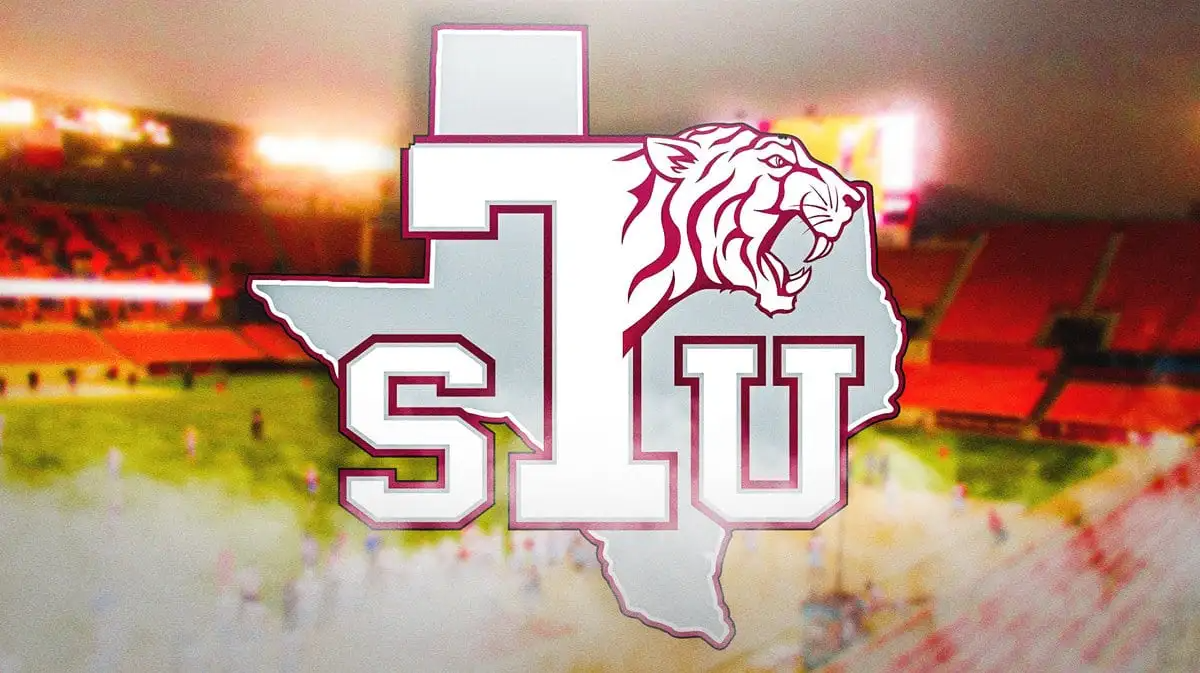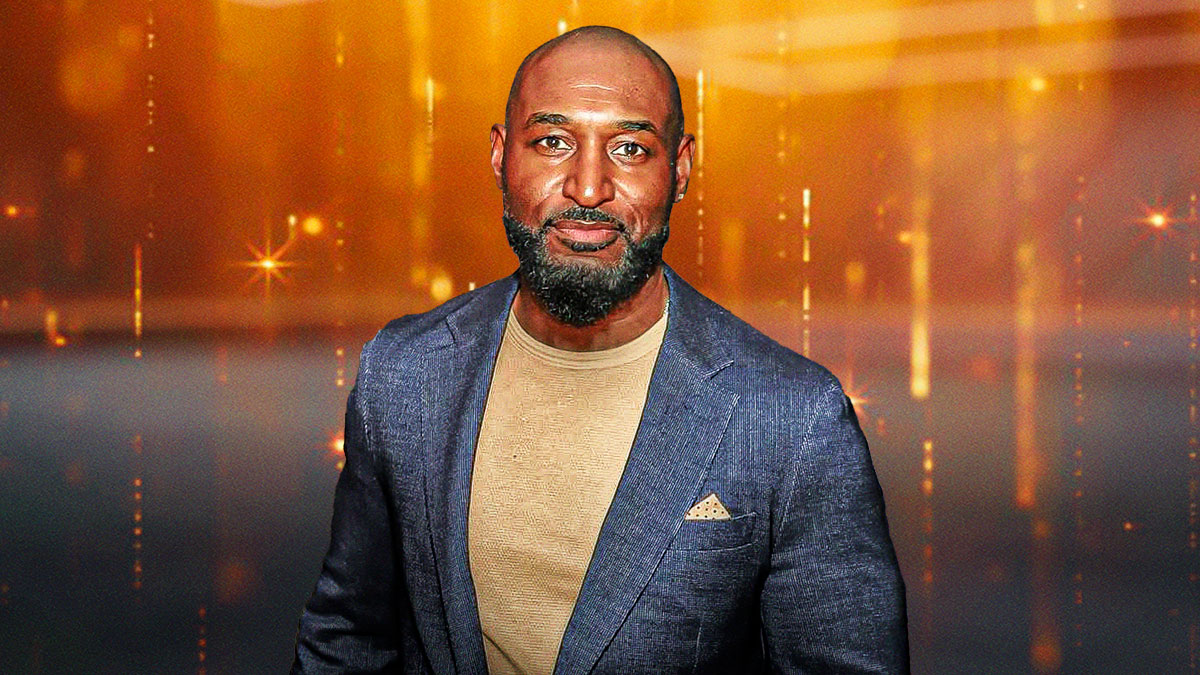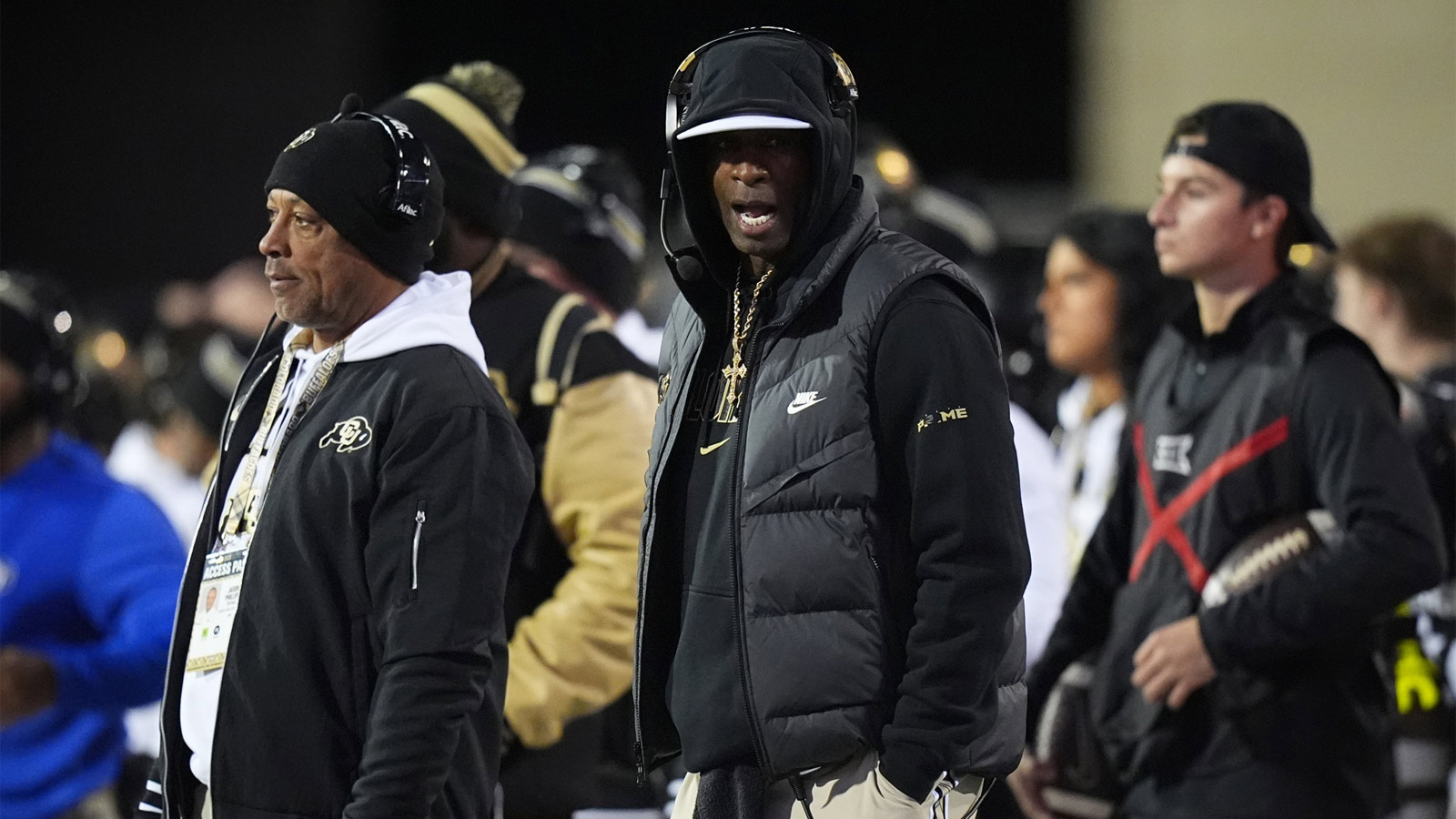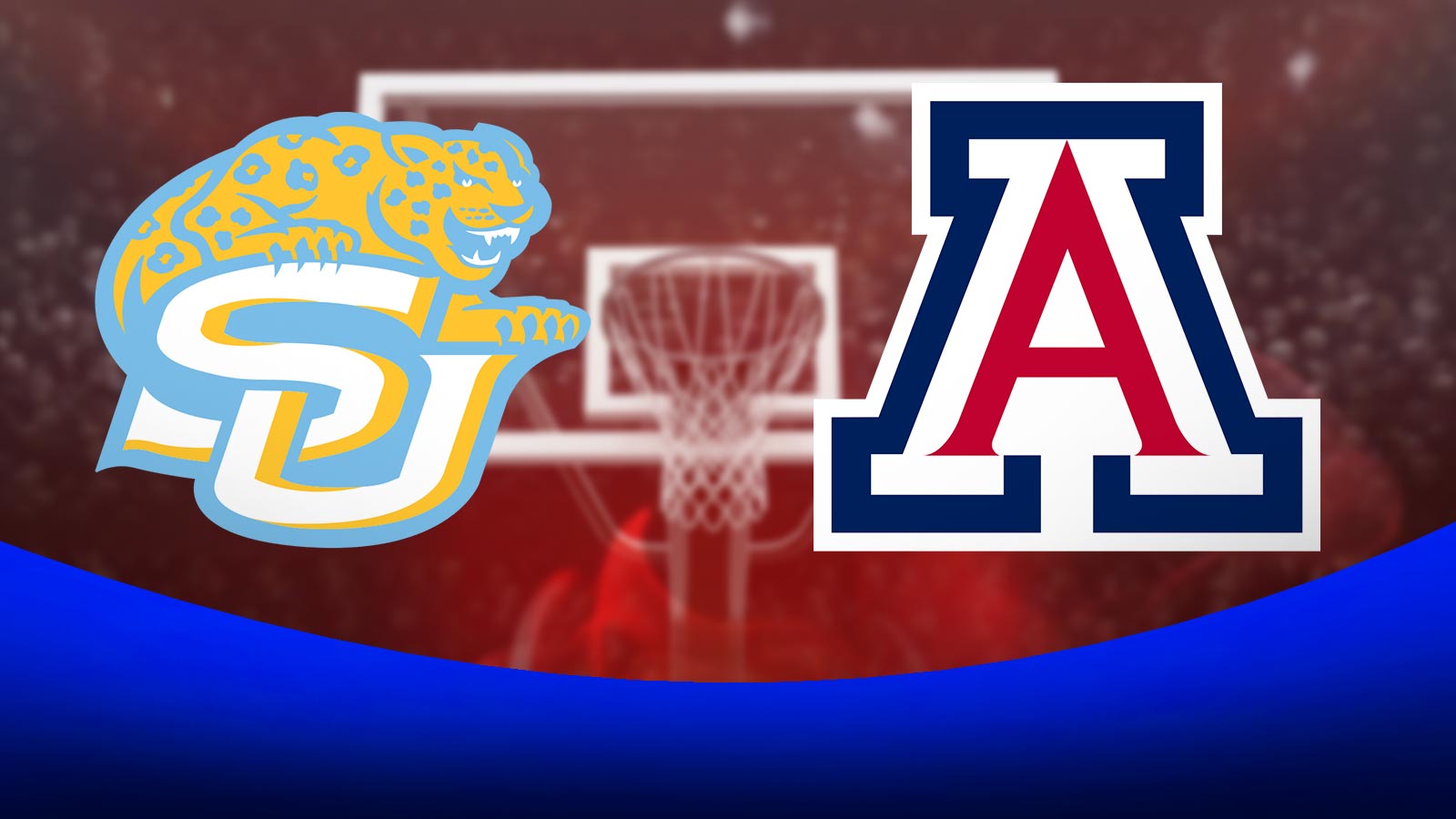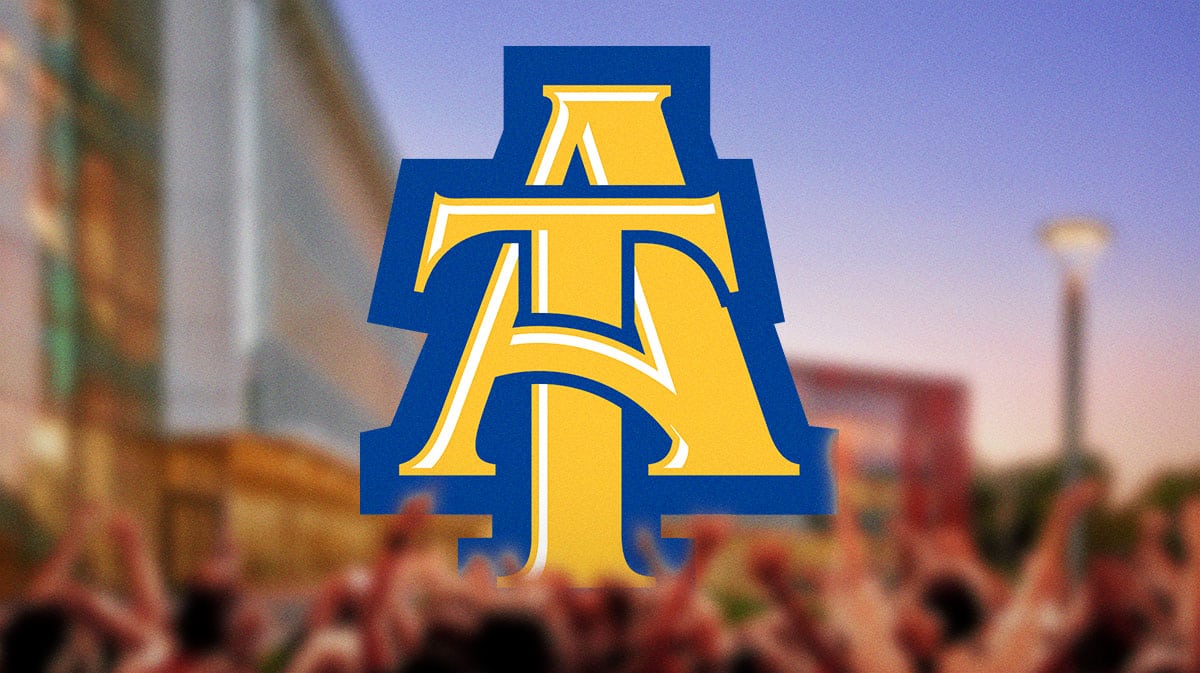Yesterday, I attended my third Fort Valley State homecoming as an alumnus. I graduated in 2019 and have always wanted to attend our annual homecoming festivities, but it has always been challenging. My work obligations and personal commitments sometimes precluded me. But yesterday, I had the time of my life.
I reconnected with many former peers—those I worked with in student leadership or befriended on campus during my four years: and also met a couple of fervent supporters of mine and my work with HBCU Pulse and ClutchPoints who spoke life into me and affirmed me in my journey.
It was an amazing day of fellowship. Fort Valley State University announced homecoming donations totaling over $850,000 from alumni and supporters. Fort Valley State alumni who played in the NFL—Marquette King, Greg Lloyd, and Emmanuel Wilson—also made an appearance and were honored. HBCU Go nationally broadcast the contest.
This announcement comes on the heels of the latest US News and World Report rankings, in which Fort Valley State was named the number one public HBCU in Georgia for the eighth consecutive year and the 28th-ranked HBCU in the nation. Furthermore, the Fort Valley State nursing program earned accreditation from the Accreditation Commission for Education in Nursing. There is indeed a great deal of positivity surrounding Fort Valley State University.
However, several reputable media outlets, which otherwise do amazing work covering HBCU athletics and the culture emanating from Black colleges, seemingly reduced the greatness of Fort Valley State to the sum of two incidents that are otherwise unrelated.
On the Thursday prior to Fort Valley’s homecoming festivities, it was announced that the institution was investigating instances of hazing in the Blue Machine Marching Band. As a result, the band was suspended and did not perform at the Tuskegee game, the homecoming festivities, or the homecoming game.
However, on Friday, Fort Valley State released a statement announcing that the Fort Valley Police Department had concluded its criminal investigation and made arrests of band members in connection with the hazing. The university also announced it is still conducting an independent investigation in accordance with University System of Georgia policy, institutional policy, and the Stop Campus Hazing Act. Because of the ongoing internal investigation, the Blue Maching Marching Band was unable to perform in the homecoming festivities. However, the institution is properly handling the instance of hazing in accordance with its institutional protocol.
Nevertheless, the Central State versus Fort Valley State game occurred. However, throughout the game, Central State players—who were oddly placed on the home side during the homecoming game—repeatedly taunted fans, including an instance that I captured using my smart glasses.
The instance I captured wasn't the first; after a big defensive play, Central State players on the sidelines would turn around and taunt the homecoming crowd. Eventually, a police officer patrolling the stands on Fort Valley State's side called over a Central State coach to get the players to stop taunting the crowd, and the players did not do it again.
However, that was the pretext of the game. It was clear that Central State was fired up to be the homecoming opponent for Fort Valley and was itching to secure their second straight win after a dominant performance against Lane College the previous week. However, there is a way to win, and Central State did not exhibit the requisite level of sportsmanship needed to prevent an altercation of this sort.
During the game, there was contentiousness, but oftentimes it was exacerbated by Central State players. There were instances in which Central State players, after completing tackles, would snatch the towels off Fort Valley State players’ jerseys and wave them around. This led to several altercations during the game, which were broken up, and these incidents also served as a precursor to what then occurred.
At the end of the game, Central State players and coaches exchanged pleasantries with Fort Valley State players and coaches. However, the Central State players then began to shove the Fort Valley State players, and the altercation ensued. The video circulating online shows that once coaches from both sides started to see what was occurring, they urged their teams to head toward the locker room. However, both teams conversed as they were walking toward the locker room, leading to the skirmish that has circulated on social media.
Ultimately, the fight was broken up, and both teams went to their respective locker rooms. Although the fight between the two teams was irregular, it was a common occurrence in a physical sport like football. There were multiple occurrences of postgame altercations in several FBS contests at the end of last season during rivalry matchups. There have also been other instances of fights between football teams at every level of the sport, many of which were more severe than the one that occurred yesterday evening.
However, the media's portrayal of both the altercation and Fort Valley State has been erroneous.
One specific instance comes from HBCU Gameday in their coverage, where they editorialized the fight to be a broader instance of a lack of discipline and leadership concerning Fort Valley State and linked the hazing investigation to the fight.
“The incident comes as Fort Valley State continues to deal with the fallout from the hazing investigation that sidelined its band — another bit of bad news for an HBCU struggling with its image in light of recent events.
With homecoming now marred by both the hazing scandal and a public brawl, Fort Valley State faces serious questions about discipline, leadership, and how to restore its image heading into the remainder of the season.”
Marrying the fight between the football players and the band investigation is disingenuous, as they are two different situations, one of which is being handled appropriately by the institution and its external partners. The other situation was a routine football dustup that was quickly curtailed.
To act as if Fort Valley State has an image problem in a year in which the institution is experiencing the highest enrollment in a decade, with over 3,000+ students, an expansion of academic programs, record donor support, and a ranking as a Top 30 HBCU in the nation is not only harmful and hurtful coming from a respected HBCU media platform, but erroneous.
HBCU Sports, the oldest HBCU athletics publication in the digital media space, wrote an article that, although it focused on the news concerning the incident, also inappropriately linked the fight to the hazing investigation, alleging that the fight “capped off a terrible week for Fort Valley State.”
As an alumnus of the institution, I can assure you that it wasn't a terrible week. There were two separate instances that were handled and will be handled, occurring during a homecoming that was otherwise safe and free from other extraneous incidents. Coverage like this shifts perception and lends credence to false narratives. It also allows disingenuous actors to use this instance to talk down about all HBCUs and our students, alleging that HBCUs are violent and that our students are uncivilized.
As a media professional, I understand the importance of protecting our institutional image. I have personally been called out in instances where followers of our platforms believe that other HBCUs should be spotlighted and showcased, as well as regarding the coverage of certain events that could appear damaging to the brand of a specific HBCU and HBCUs in general. So I am sensitive to the plight of media outlets as a Media Studies graduate of Fort Valley State who works in the field.
Independent news media have a responsibility to report the news, whether positive or otherwise. However, if we are reporting the news and not editorializing coverage or providing an opinion piece, we have the responsibility to report the facts and allow readers and our audience to then determine the facts and react in whatever way they feel is appropriate.
Leading them to believe that Fort Valley State's image is suffering and that there is a problem with leadership and discipline at the institution is detrimental to the reputation of an HBCU that has been surging in the past decade and is looking to further expand its capacity in serving students. Also alleging that homecoming was ruined or “marred” when there were no reports of external incidents and social media is replete with content affirming how positive the homecoming festivities were is clear misinformation.
As HBCU media outlets, we have a responsibility to report the facts, but also be sensitive towards the images of our institutions, as many of us are graduates. It is often a high standard that we are expected to meet, and oftentimes we make mistakes because we are human.
But we must continue to walk the line in this hyper-charged era where anything is weaponized against our institutions. Our HBCU outlets often provide exceptional coverage that influences the coverage of other non-HBCU outlets and helps further expand the narrative of our institutions.
But we must do better. And better must be done for Fort Valley State.





